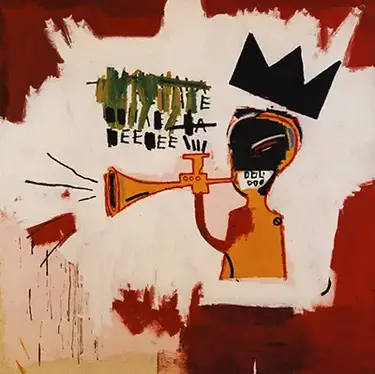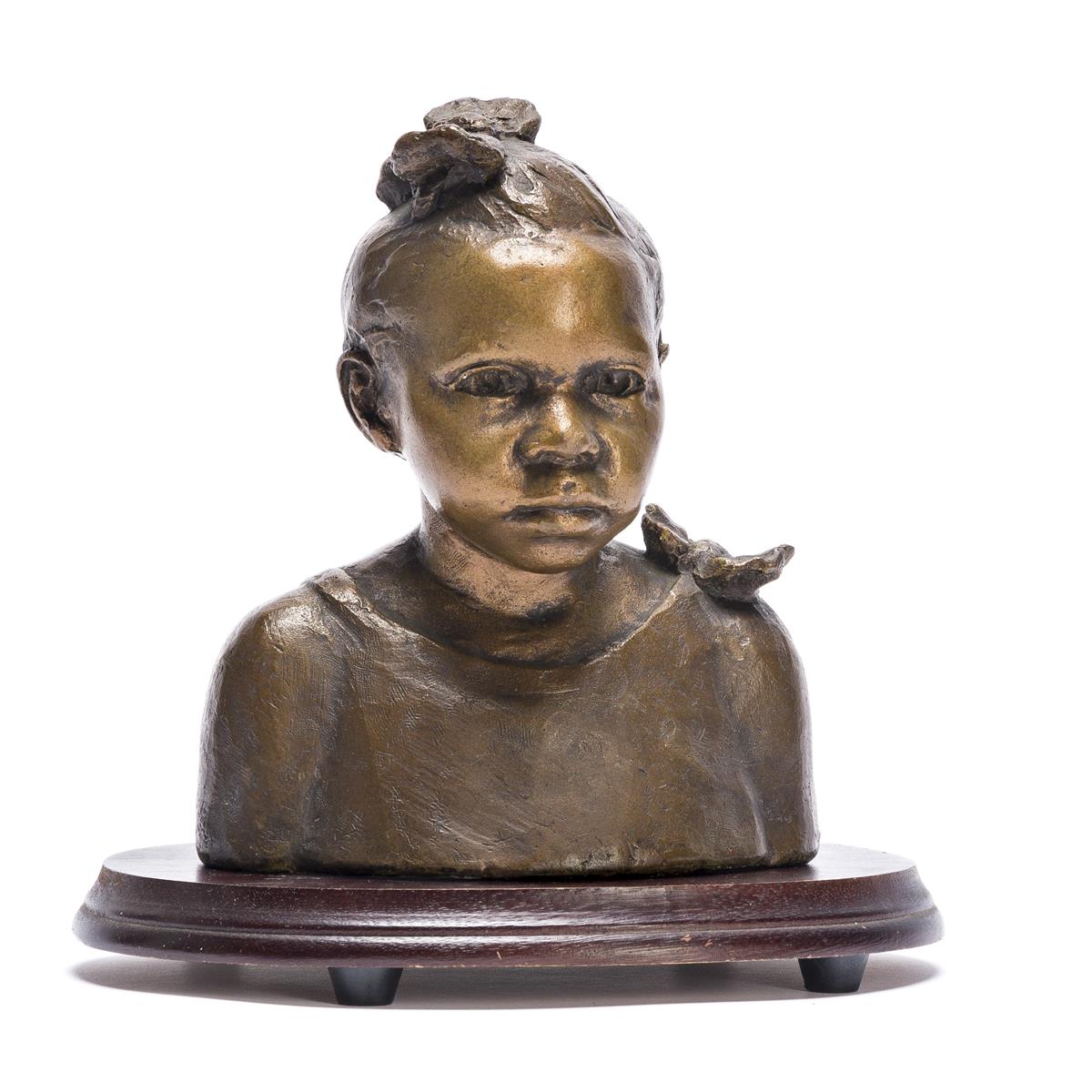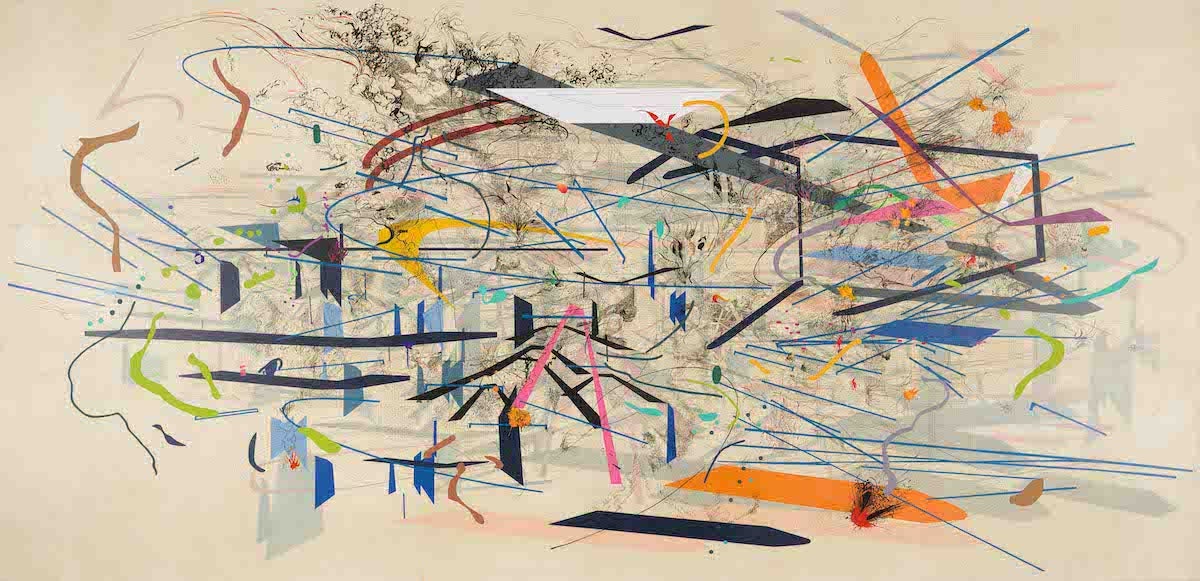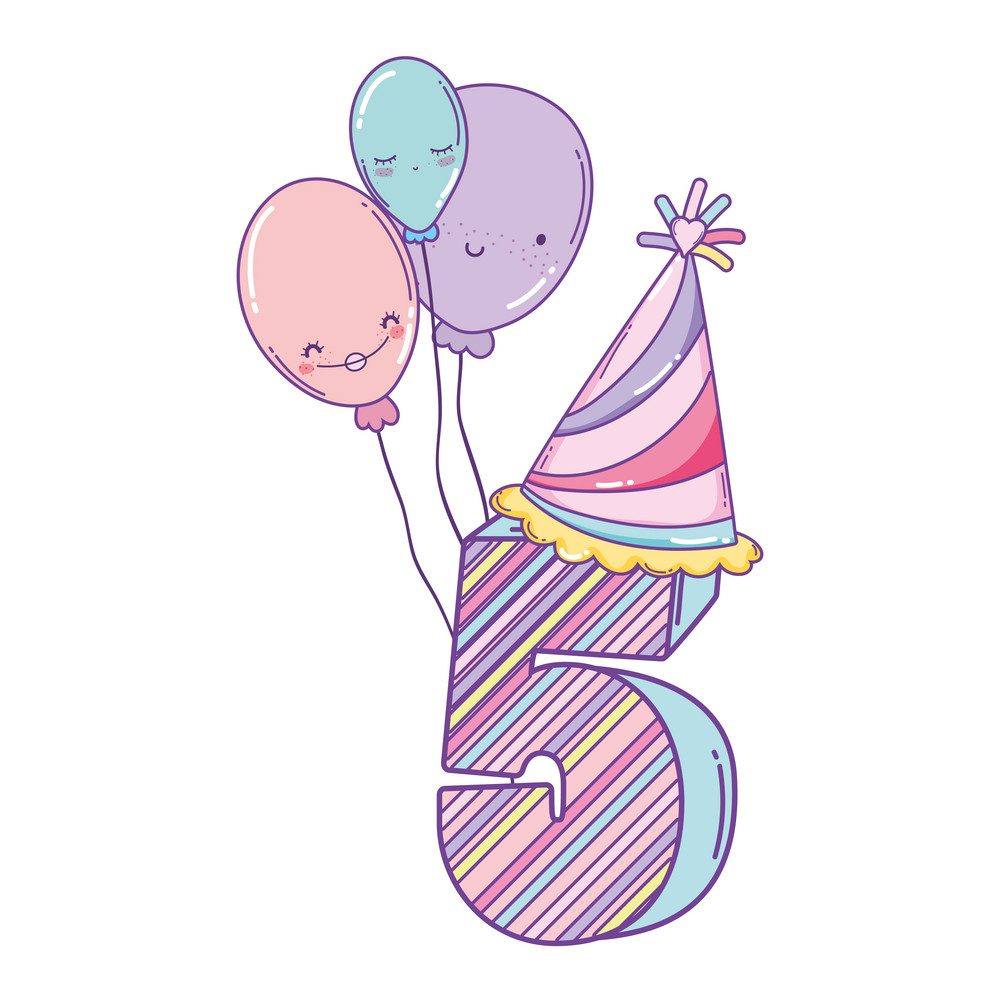Art is everywhere around us; it is in the words we read, the buildings we enter, the seats we sit in, it is all the work we see. Without it, life would never look the same, as we probably wouldn’t have many of the sitcoms we enjoy, the books we read, or even the food we eat! That’s because art is all about imagination, and imagination is truly the mark of a talented artist, no matter where they venture with it. As Black History Month comes to a close, this article celebrates the contributions of numerous Black artists who shaped the interpretation of art as well as continue to shape art history.
Jean-Michel Basquiat
When looking at his artwork, you might find yourself confused at the complexity on the canvas. His work was characterized with graffiti styled images along with scratchy writing. The main focus of his art as well as the emotions behind it were often “addressed” as “his personal angst in highly stylized self-portraits”, he often “alluded to African American historical figures” such as “jazz musicians, sports personalities, and writers” according to Britannica. His artwork was also influenced by his heritage as he drew continuously on African and Caribbean art.
He was especially popular in the 1970s, when his work with graffitists Al Diaz and Shannon Dawson–officially named as SAMO–on trains and walls in Soho as well as East Village began to receive attention. However, he passed away in ‘88 after a heroin overdose. His work “broke barriers as an African American artist” in a “predominantly white society”, creating a path for other artists of color.


Augusta Savage
“I was a Leap Year baby, and it seems to me that I have been leaping ever since.”
Augusta Savage was born on Feb. 29, 1892 during the Jim Crow Era; her artwork remained with her as a child, when she would make sculptures out of the clay she would find around her. At the age of 30, she received a scholarship to the Fontainebleau School of Art in Paris however when the committee discovered she was Black, they rescinded the offer, fearin that “white women would feel uncomfortable sharing” according to Wendy N.E. Ikemoto.
Savage went to Paris, and stayed there for 3 years, working on numerous projects and winning awards for many more.
According to NPR, during the Great Depression, Savage turned her studio in Harlem into a school where she gave free art lessons, “blending activism and art”. She believed her “lasting monument would be the artwork of the young people she taught.”


Kehinde Wiley
Kehinde Wiley’s painting of former President Barack Obama might flicker some recognition in your mind’s eye. His portrait of the president was significant in that he was the first ever Black artist to create an official portrait of a president of the United States. His style drew on the, according to Slam “poses that recall grand traditions of European and American portraiture.”
His portraits of “highly naturalistic African Americans” gained him a lot of attention, as the Columbus Museum of Art in 2007 hosted an exhibition of his pieces.
In 2018, Time magazine featured him as one of their top 100 most influential people!

Julie Mehretu
Born in Ethiopia, Julia Mehretu and her family lived in the years of militia Dreg’s violence. Her family moved everyone to Michigan where she excelled in school.
“Both her family history and her sexuality” would influence her artwork later on. “I am only the person I am because I was raised in this” she says. She began to develop her artwork into several layers of artwork which were made with numerous pieces. Her work often reflected the places she had seen, such as Africa or NY. “The characters in my maps plotted, journeyed, evolved, and built civilizations….I charted, analyzed, and mapped their experience and development” she says.
All of these artists are just some of the many who have paved the way for future generations of artists of color to create as well. Who was your favorite artist or whose work did you admire the most?










Mark W Dixon • Mar 1, 2024 at 8:05 am
Mehretu is a wonderful artist. She’s always had a lot to say, and she’s got a gift for saying it in a concise visual way. Thanks for including her!